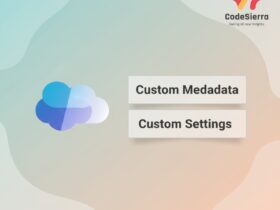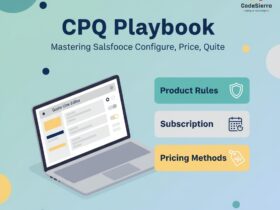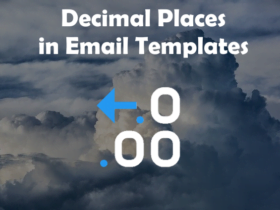A hands-on walkthrough to set up a Dynamic Bundle in Salesforce CPQ using a Filter Product Rule to show service options dynamically based on product code.
Introduction
Dynamic bundles let you present relevant product options to users without manually maintaining option lists. In this workbook we use a Filter Product Rule so that any product whose Product Code contains the word “Service” will automatically appear as an option under the bundle feature.
Types of Bundles
Quick overview of bundle types in Salesforce CPQ:
- Configurable Bundle – User selects from predefined options.
- Static Bundle – Fixed set of products sold together.
- Dynamic Bundle – Options are determined dynamically (ideal when product sets change frequently).
Why use a Filter Product Rule?
Filter rules enable you to show or hide options in a dynamic feature based on field values (like Product Code). This reduces maintenance overhead and ensures sales reps only see relevant options.
Hands-on steps
Follow these condensed steps to implement the example in your CPQ org:
- Create the bundle product (e.g., “T-Mobile Premium Services”, code TMP001) and mark it Active.
- Create the option products (examples):
- T-Mobile International Calling — Product Code: TMIC001-Service
- T-Mobile Unlimited Data Plan — Product Code: TMUDP001-Service
- T-Mobile Device Protection — Product Code: T-Device-Service
- T-Mobile One Time Activation Fee — Product Code: T-Activation-Service (Type: Service)
- Add a Feature to the bundle (e.g., Feature: “T-Mobile Service”). Set Min Options = 0, Max Options = 3, Number = 10 and Option Selection Method = Dynamic.
- Create a Product Rule of type Filter with Scope = Product and Evaluation Event = Always. Leave Error Conditions blank for this pattern (filter only).
- Add a Product Action with Type = Default Filter, Filter Field = Product Code, Operator = Contains, Filter Value = Service. This ensures only products whose code contains “Service” appear dynamically as options.
- Create a Configuration Rule that ties the Product Rule to your bundle: set Product = bundle product, Product Rule = your filter rule, and Product Feature = the dynamic feature created earlier.
- Test: Open a Quote, click Edit Quote Lines, add the bundle product, click the wrench icon and select Add Option — you should see only the products with product codes containing “Service”.
Best practices & tips
- Use consistent product code naming conventions (e.g., append “-Service”) so filters remain reliable.
- Prefer Default Filter when you always want the filter applied for that feature; use Optional Filter only when you expect the condition to be toggled on/off.
- Document filter rules and naming conventions so future admins understand why certain products appear dynamically.
Troubleshooting
- If options do not appear, verify the feature’s Option Selection Method is set to Dynamic and the Configuration Rule is active.
- Confirm product codes exactly match the filter logic (case sensitivity depends on org settings).
Conclusion
Using Filter Product Rules for dynamic bundles reduces maintenance and helps sales teams select correct services quickly. This approach scales well when your catalog grows or when service offerings change frequently.
Why this matters: CPQ admins and developers benefit from dynamic bundles because they lower ongoing administration effort, improve quote accuracy for sales users, and support faster time-to-quote for changing product lines.










Leave a Reply